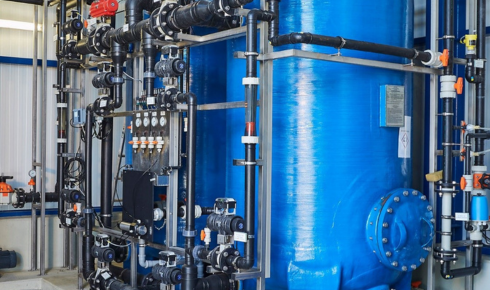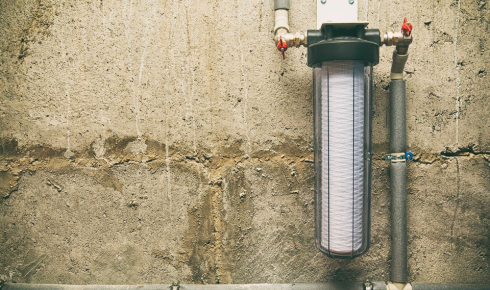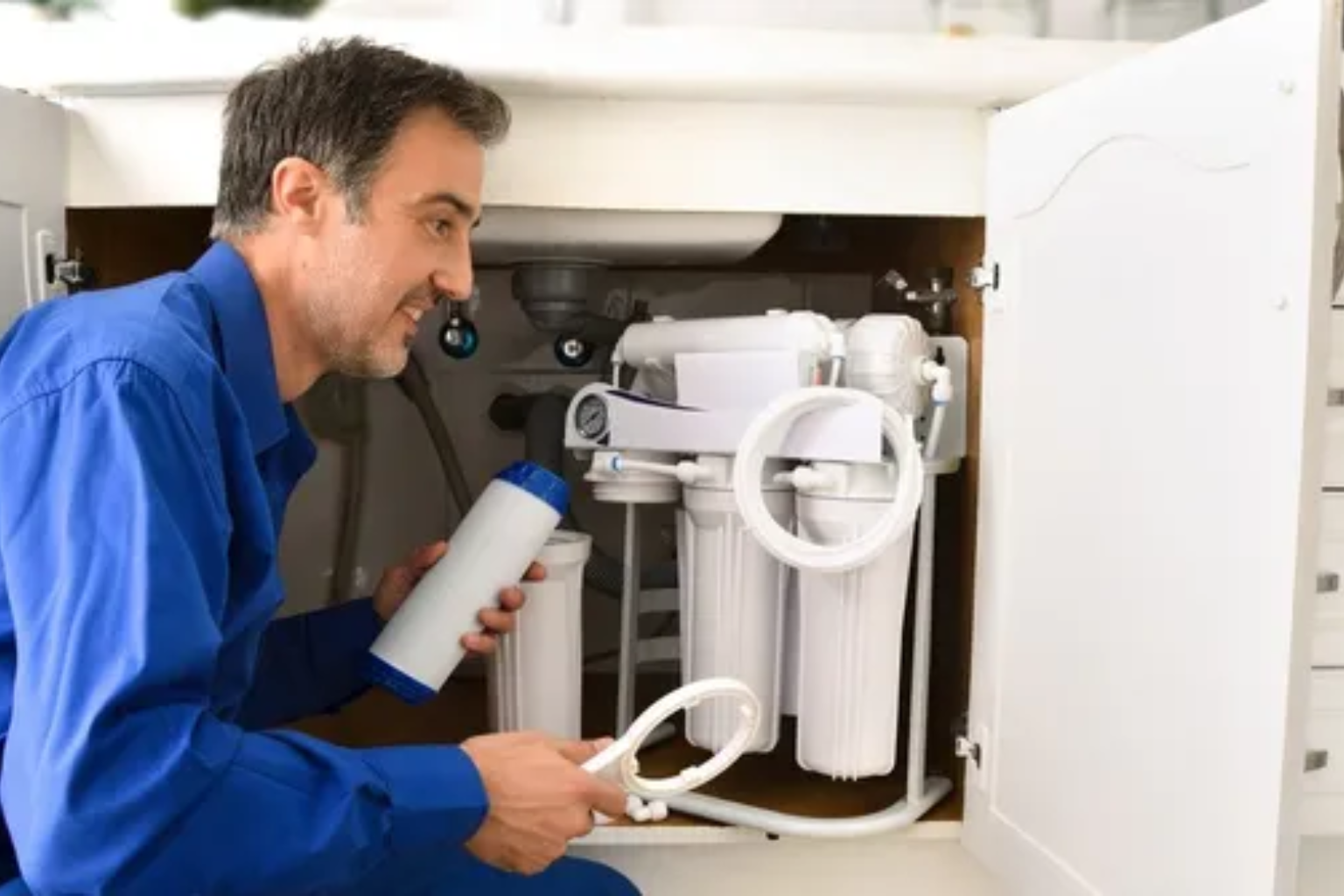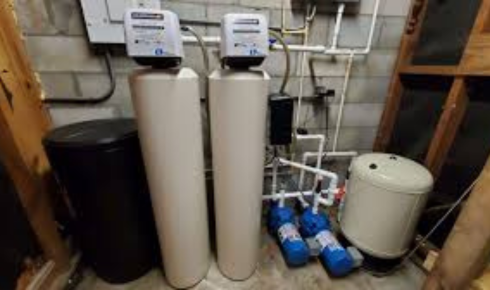It’s easy to take clean water for granted. You turn on the tap, fill a glass, and drink — assuming what flows from your faucet is safe. But for millions of people around the world, that assumption quietly hides a threat that can’t be seen, tasted, or smelled: arsenic in water. It’s a naturally occurring element that seeps into groundwater, silently contaminating wells and municipal systems. And once it’s there, it’s tough to get rid of.
When “Natural” Doesn’t Mean Safe
Arsenic is an element found in the earth’s crust — so yes, it’s natural. But that doesn’t make it harmless. In small doses, arsenic exposure can cause subtle health effects like fatigue or nausea. Long-term exposure, however, has been linked to far more serious problems — from skin lesions and cardiovascular diseases to certain types of cancer.
The danger is how sneaky it is. You can’t smell it. You can’t see it. You can’t taste it. Yet, day after day, it can slowly build up in your system if your drinking water source is contaminated. Some parts of the U.S. — like rural areas relying on private wells — are especially vulnerable, because their water often goes untested for years.
It’s one of those invisible risks that reminds you how fragile “normal” really is.
The Science of Contamination
So how does arsenic even end up in your water supply? In many cases, it’s due to the natural erosion of rocks and soil. Groundwater — which many homes depend on — moves through layers of earth rich in arsenic-bearing minerals. Over time, trace amounts dissolve and find their way into wells or aquifers.
But human activity can make things worse. Industrial processes like mining, burning coal, or using certain pesticides release arsenic into the environment. Once it enters the soil or groundwater, it doesn’t just disappear. It lingers — sometimes for decades.
In places like Bangladesh, India, and parts of the American Midwest, groundwater contamination has reached alarming levels. Entire communities have had to change their water sources or install treatment systems just to stay safe.
It’s unsettling, but it’s real.
Knowing What’s in Your Water
Here’s the tricky part: you can’t detect arsenic contamination without proper testing. That’s where water arsenic testing becomes essential. Whether you rely on city water or a private well, testing isn’t just a “nice to have” — it’s a must.
For private well owners, the EPA doesn’t regulate arsenic levels, which means you’re responsible for ensuring your water’s safety. Testing should be done at least once a year, and more often if your area is known for naturally high arsenic levels.
Laboratories can analyze your sample and tell you exactly how much arsenic is present, usually measured in parts per billion (ppb). The U.S. EPA’s maximum contaminant level is 10 ppb — anything higher, and your water isn’t considered safe for long-term use.
It’s a small step, but one that can protect you and your family for years to come.
The Long Road of Arsenic Removal
Once contamination is confirmed, the next question naturally arises: what now? That’s where arsenic removal technology comes in. And while it might sound like a niche problem, the solutions are surprisingly versatile.
For homes, point-of-use filters — like reverse osmosis systems — are among the most effective options. They can reduce arsenic levels drastically and ensure your drinking and cooking water stays clean. For larger-scale needs, whole-house filtration systems or community treatment setups can handle more extensive contamination.
Some homeowners even combine systems, using sediment filters followed by activated alumina or iron oxide media. These specialized materials attract arsenic particles and trap them as water flows through. The systems do require maintenance — cartridges need replacing, filters need cleaning — but the peace of mind is priceless.
It’s not about luxury. It’s about safety.
Small Habits, Big Protection
Technology plays a huge role, but habits matter too. Testing regularly, staying updated on local groundwater reports, and ensuring your system is maintained can all reduce risks. If you’re renting, ask your landlord when the water was last tested. If you’ve recently drilled a new well, test it immediately before assuming anything.
And don’t forget — even if your water comes from a city supply, you’re not automatically off the hook. Municipal treatment systems are tested, yes, but occasional violations happen. A simple at-home test kit or lab submission once a year can make all the difference.
In short, awareness is your first line of defense. Prevention your second.
Why It Matters Now More Than Ever
With climate change altering rainfall patterns, groundwater levels are shifting. Droughts, floods, and changing soil chemistry can all influence how much arsenic leaches into water sources. In other words — the problem isn’t going away.
Communities that once had safe wells could suddenly find themselves facing elevated contamination levels within a few years. That’s why routine testing and proactive filtration are no longer optional luxuries; they’re necessities.
When we talk about sustainability and environmental awareness, we often think about big ideas — carbon footprints, recycling, renewable energy. But clean water? That’s as personal as it gets. It’s the one resource that connects us all — and protecting it starts right at home.
A Quiet Call to Action
There’s something humbling about realizing that one of the most essential elements of life can also be one of the most dangerous. But that realization doesn’t have to bring fear — it should bring action.
Testing your water. Installing filters. Educating your neighbors. It’s a ripple effect that starts small and spreads wide. Every glass of safe water is a quiet victory — one that reminds us of our shared responsibility to protect what sustains us.
Because clean water isn’t just a convenience. It’s a right. And it’s one worth fighting for.
In the end, the challenge of arsenic contamination isn’t only a scientific one — it’s a human one. It calls for awareness, responsibility, and a bit of courage to face the invisible. But once you know what’s at stake, there’s really no going back.




